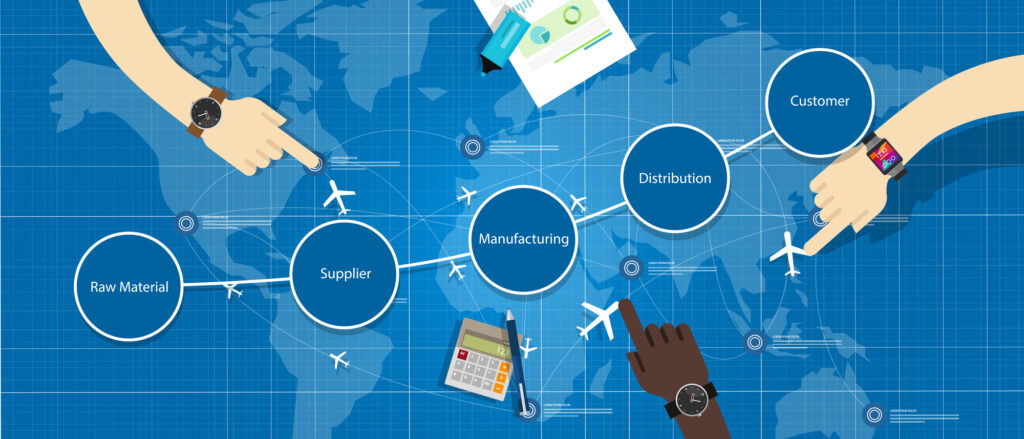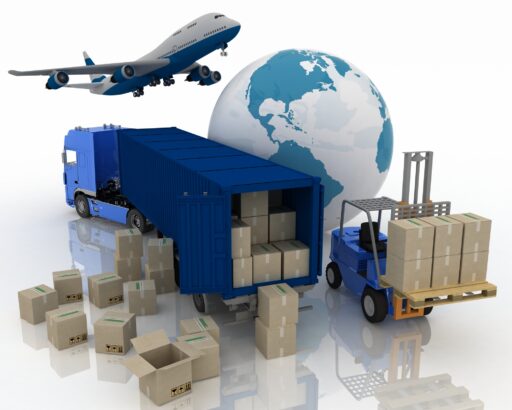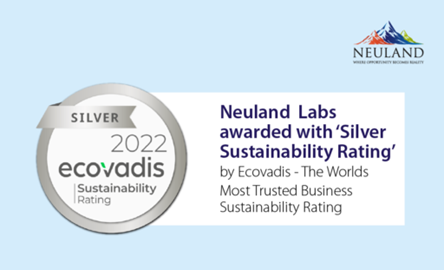 Supply chain disruptions leading to drug shortages aren’t a new challenge. In fact, the FDA maintains a database of current shortages. But the problem appears to have become more pervasive over the last few years.
Supply chain disruptions leading to drug shortages aren’t a new challenge. In fact, the FDA maintains a database of current shortages. But the problem appears to have become more pervasive over the last few years.
According to the World Economic Forum multiple nations around the world are experiencing essential drug shortages. A survey conducted by the Pharmaceutical Group of the European Union noted medicine shortages in the 29 EU-member countries from mid-November 2022 through December 2022. Interestingly, 76% reported shortages that were worse than those experienced in 2021.
European nations are not alone. Hospitals in the US lack adequate supplies of liquid ibuprofen. Other drugs in high demand but short supply include Tamiflu, Amoxicillin, and Adderall. In Argentina, supply chain issues have inflated the cost of cancer medications by more than 50%, while Panama currently has the most expensive drug costs in Latin America.
All these issues are the direct result of breakdowns in pharmaceutical supply chains.
Effective supply chain management depends heavily on information- and data sharing up and down the entirety of the supply chain. Supply chain breakdowns, as seen during the pandemic, typically result from a lack of forethought, collaboration, or management in place to remedy the supply chain deficit. The impacts felt over the last several years have resulted in a tremendous shift in supply chain management approaches, with an emphasis on supply continuity.
As we’ve all now experienced, when supply chain management (SCM) is ineffective, the results are quickly felt by consumers…and have serious repercussions. Wallace J. Hopp, a University of Michigan professor, explains:
“Disruptions in medical product supply chains have greater implications than making people wait for a new television set. They have the potential to seriously compromise patient care.”
 Managing the Links of the Pharmaceutical Supply Chain
Managing the Links of the Pharmaceutical Supply Chain
Pharmaceutical supply chains include a sophisticated network of partners— suppliers, manufacturers, storage facilities, and distributors—all working to supply, produce, deliver, and sell quality drug products. These global systems involve numerous processes, individuals, policies and technologies, and their effective management is indispensable to the success of the pharmaceutical industry.
Mitigating supply chain risk demands continual vigilance in which every component and stage of the process is scrutinized and strategized.
It is not enough to merely identify risk. Companies must address potential issues with prompt and calculated actions and remain constantly alert to supplier issues.
Logistics challenges have been magnified by increasingly complex drug products. For example, many compounds – including those associated with mRNA vaccines – require refrigeration. The resulting cold chain logistics necessary to maintain product integrity have led to an increase in the risk of nonconformity.
Thankfully, Neuland’s commercial cold chain shipments have suffered no temperature outages, and every product for which we are responsible has remained in conformance. Our cold chain logistics success is directly attributed to having built reliable collaborations.
Maintaining Supply Chain Quality and Timeliness
The last few years have been a challenge for companies operating on a global scale. We’re proud of our successes despite the broader, global impacts felt across supply chains. Robust planning, strong communications, and a “proactive preparedness” approach have proven critical to consistent, secure product supply.
Here are eight aspects of supply chain management that we have found ensure product quality and availability are never sacrificed.
1. Risk Management
The proper management of risk helps control future outcomes through the proactive identification of risk factors, the determination of a risk’s impact, and the development of risk mitigation and prevention strategies.
 For example, we have a dedicated Enterprise Risk Management (ERM) team at Neuland. This group of experts employs agility and foresight to ensure prompt and adequate responses to unforeseen risks. The team keeps a finger on the pulse of rapidly evolving demand patterns and consumer behaviors. They readily anticipate the need to reconfigure current strategies, processes, structure, personnel, or technology.
For example, we have a dedicated Enterprise Risk Management (ERM) team at Neuland. This group of experts employs agility and foresight to ensure prompt and adequate responses to unforeseen risks. The team keeps a finger on the pulse of rapidly evolving demand patterns and consumer behaviors. They readily anticipate the need to reconfigure current strategies, processes, structure, personnel, or technology.
Rather than wait until a problem occurs, we proactively review potential scenarios and develop strategic answers in case a scenario materializes. The ERM team ensures viable options are already in place when unforeseen events arise.
The agility of this group was particularly evident during the COVID-19 pandemic. Neuland was able to navigate the challenges with minimal impact on our operations. Our effective risk management has been a testament to our reliability as a business partner and has made us a preferred choice for customers attempting to navigate the unpredictable global environment.
2. Vendor Depth and Selection
A ready pool of qualified vendors is necessary to ensure that there are sufficient suppliers. If a supplier is unavailable or becomes unsuitable, an approved backup should already be in place. The security of the supply chain is jeopardized any time an essential supplier vacates its position in the chain or performs at a subpar level. Proper manufacturer selection can result in:
- Improved supply chain security.
- Better traceability from the starting material to the final drug product.
- Reduction in time from production to commercial launch.
- Reduced development costs.
Upstream processes significantly impact downstream processes. With raw material suppliers, for example, we use an active collaboration approach. We involve suppliers early in the development process, identify and strengthen areas of improvement prior to commercial supplies, and set clear expectations on specs, methods, governance and sustainability. This also includes multiple shipment tracking re-opening schedules, and closely monitoring outstanding receivables.
Pharma companies should always work with active pharmaceutical ingredient (API) contract manufacturers that are familiar with regulatory starting materials (RSMs), understand the chemistry, and have well-established sourcing procedures in place.
3. Logistics Improvements
As discussed above, logistics challenges have increased due to the growing complexity of drug compounds. Drug sponsors should be aware of the logistics dependencies their compound demands, and what potential impacts could occur as a result.For example, Neuland has secured new partnerships with GDP-certified logistics organizations. These new collaborations have expanded our ability to meet the needs of our customers without jeopardizing the quality standards.
4. Database Searches
When looking to enhance supplier management, a thorough and consistent review of high-quality certified databases, such as Directory of World Chemical Producers (IVQIA) and Row2Technologies, is essential. A deep search and a due diligence can unearth new sourcing options for specific APIs and their intermediates. Search results can be lackluster, however, if NCEs are involved and commercial RSM options are limited. When options are restricted, a research and development team may be called upon to develop a cost-efficient manufacturing process that can facilitate manufacturing through an external source.
5. Embracing Technology to Improve Operations & Supple Chain Visibility
Embracing industry advancements is crucial for any pharmaceutical company who wants to remain flexible, reduce costs and maximize supply chain visibility. Advancements in flow chemistry and enzymatic chemistry which improve yields and process efficiency are examples of technology impacting operations – and ultimately supply chains. At Neuland, for instance, we’ve found they can shorten processing times, increase production capacities, increase purities, and more.
At Neuland, for instance, we’ve found they can shorten processing times, increase production capacities, increase purities, and more.
Another aspect of technology – the digitization of our supply chains – data analytics, AI and automation are being leveraged to improve process efficiency and precision. Data-driven insights are helping to lower costs, improve forecasts and prioritize consumer health. Having real-time supply chain data is a must. It brings new levels of understanding to mixed-level details and material capacities, which in turn helps optimize production.
6. Inventory Management
Inventory management can be a trade-off, exchanging market service for servicing costs. Operationally, unavailability results in longer cycles, expiry-related issues, and regulatory requirements that reduce flexibility from inventory management. This is a double threat for generic drugs that straddle global markets, combining the regulated with the less regulated. Additionally, demand patterns have evolved with the pandemic, becoming more erratic. This has further accentuated the complexity of pharmaceutical supply chains. The risk of stock accumulation is also an important consideration. Some stocks should be increased at various localities given the risk of supply chain disruption from unforeseen events, while others should not.
7. Supply Chain Sustainability
Sustainable supply chains should remain a priority in your de-risking strategies. As an illustration, we have enhanced our supplier assessment matrix and added items that help lower supply chain risk. The assessment covers 80% of essential suppliers and 40% of all procurement. However, by 2025, we plan to cover 100% of suppliers in the sustainable supplier assessment plan. Our Supplier Sustainability Assessment Matrix includes the following assessments:
- Resilience: De-risked business
- Reliability: Raw material quality and delivery performance OTIF
- Inclusivity: Supplier diversification & digitization (equal opportunity mechanism)
- Environment and social: Qualified & certified vendors having ISO 9001/14001/45001 certification
 Due to our commitment to sustainability, we were awarded the prestigious Silver Sustainability Rating by Eco Vadis. Although we have made great strides, we continue our quest for all-inclusive, sustainable growth in the pharmaceutical industry.
Due to our commitment to sustainability, we were awarded the prestigious Silver Sustainability Rating by Eco Vadis. Although we have made great strides, we continue our quest for all-inclusive, sustainable growth in the pharmaceutical industry.
8. Proactive Readiness
We’ve all learned that supply chain issues can arise unexpectedly and should be addressed promptly. We’ve found it best to take a proactive approach based on risk analysis. For example, Neuland maintains full visibility throughout the supply chain, allowing us to anticipate and avoid possible pitfalls.Being proactive helped us avoid prospective supply chain interruptions at the height of the pandemic. By increasing the inventory of key precursors that were critical to the functionality of our suppliers, we were able to repeatedly circumvent potential shortages and mitigate costs.
Interested in learning more about how Neuland leverages strong supply chain management practices to keep your drug API project on track and secure? Let’s chat – contact us today!










